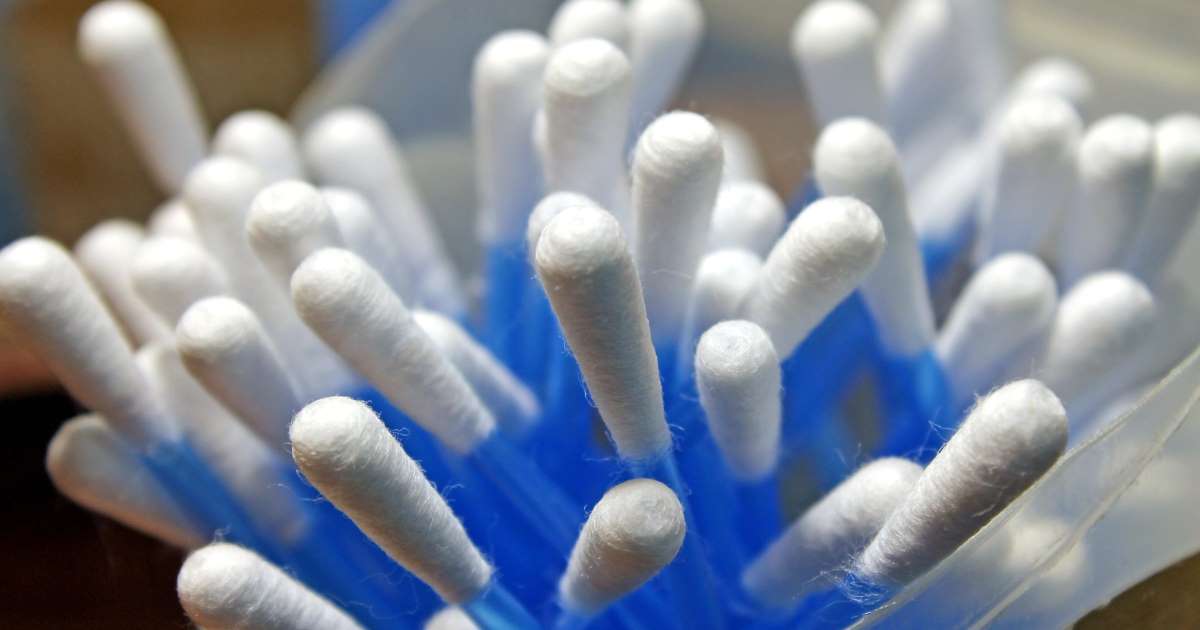How To Treat And Prevent A Ruptured Eardrum
Also known as a tympanic membrane perforation, a ruptured eardrum develops when the tissue separating the ear canal from the middle ear is torn. Symptoms indicating a ruptured eardrum include ear pain, hearing loss, tinnitus, and fluid leaking from the ear. Some patients also experience nausea and vomiting as a result of vertigo. The eardrum may rupture as a result of middle ear infections, head injuries, and exposure to very loud sounds. The condition can also develop due to air pressure changes that occur when scuba diving or flying in an airplane, and some patients who have repeated middle ear infections also develop a ruptured eardrum. While the eardrum can usually heal itself within a few weeks, it is important to seek treatment for this condition to preserve hearing and decrease the risk of infections.
The following steps are typically recommended for the treatment and prevention of a ruptured eardrum.
Prompt Treatment For Ear Infections
Ear infections are considered a major risk factor for the development of a ruptured eardrum. To prevent this complication, patients are advised to receive prompt treatment for ear infections. Ear infections occur most frequently in the outer and middle parts of the ear. They can cause hearing difficulties and may make the ear painful to touch. Patients may also develop a headache, and swelling of the ear could develop. To treat ear infections, doctors usually begin by recommending over-the-counter medications for pain relief. The physician may also prescribe ear drops that can reduce pain and treat the underlying infection. Currently, antibiotics are only prescribed if the cause of the ear infection is not viral. Doctors recommend applying a warm compress to the affected ear to aid in pain reduction as well. To prevent ear infections, patients are advised to avoid smoking and exposure to secondhand smoke. For patients with allergies, it is particularly important to avoid allergy triggers.
Uncover more ways to prevent and treat a ruptured eardrum now.
Don't Stick Anything In The Ears

Inserting foreign objects into the ears, including cotton buds, is one of the main causes of a ruptured eardrum. Many patients try to clean their ears with cotton buds or other materials, and these swabs are often inserted into the ears too far, resulting in an immediate rupture of the eardrum. To reduce this risk, it is important that patients don't stick anything in their ears. In fact, the ears will clean themselves naturally, and sticking items into the ears will not help this process; it could actually impede it. In addition to letting the ears clean themselves, patients should be especially careful when they are inserting earplugs for sleeping or noise reduction. These should be inserted only as far as is comfortable, and patients should follow the directions for use on the earplugs package. In particular, it is important to avoid using homemade earplug solutions, including cotton balls, as these can easily become trapped inside the ears during sleep.
Continue reading to reveal more options for preventing and treating ruptured eardrums now.
